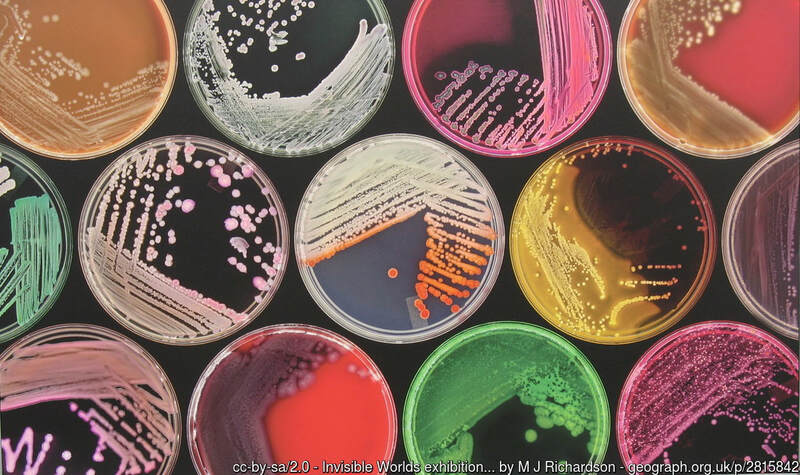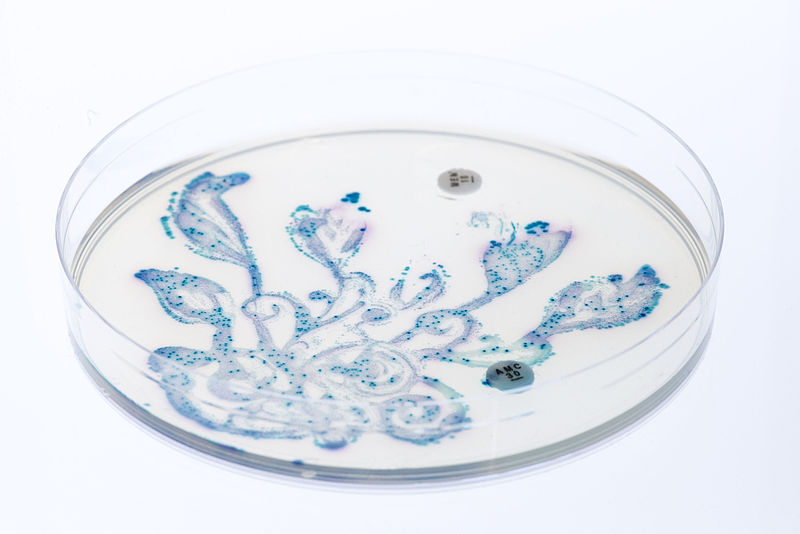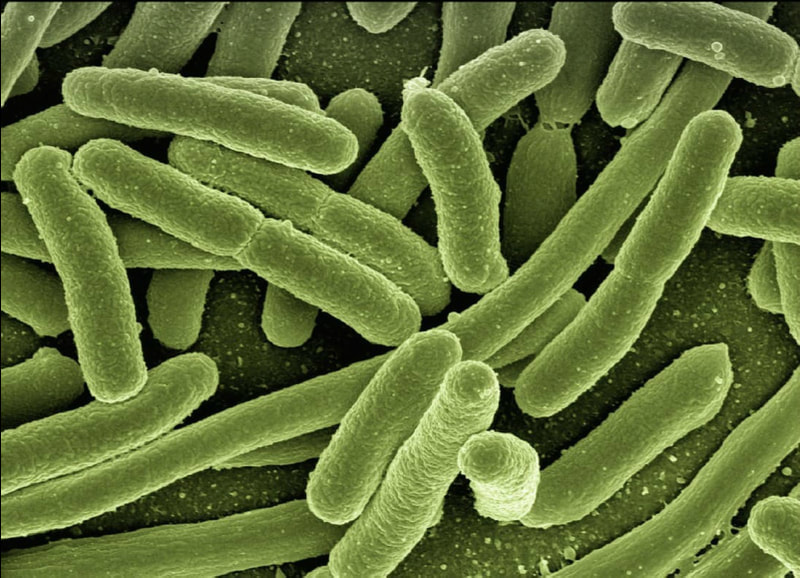Steps Toward Outsmarting Staph Infections
Ever since the discovery of disease-causing bacteria, scientists have been trying to find ways to fight and prevent infections.Through using antibiotic treatments and promoting healthy habits like regular hand washing, the health community has successfully lowered infection rates. Despite the success, an aggressive infection that healthcare is still battling is Staphylococcus (staph) infections. According to a Vital Signs Report published by the Centers for Disease Control (CDC), the rate at which staph infections are decreasing has lowered in recent years. This has caused concern in the health community about infection causation and prevention.
Staph infections are caused by staphylococcus bacteria, which most commonly resides on the skin and the nose. Staph infections are usually spread through skin-to-skin contact or through the bacteria entering the bloodstream. Then, the infection can cause a wide range of symptoms depending on where it reaches within the human body. Cases tend to be relatively mild if the staph bacteria just infects the skin. This type of infection often causes boils, which are red and inflamed pockets of skin filled with pus, usually from an infected oil gland or hair follicle. More severe symptoms of staph infections are likely to occur if the bacteria enters the bloodstream. Because the bloodstream is in contact with all the organs of the body, the bacteria can infect anything from the bones to the heart, which can have fatal consequences. Treatment for staph infections range from draining the pus out of an infected area to taking antibiotics. Groups that are at a greater risk for developing a staph infection include people who have weakened immune systems or invasive medical devices or people in situations where their bloodstream is being exposed to the environment, which can happen through injections or surgery. Being in contact with someone with a staph infection or staying at a hospital can also increase the risk of contracting a staph infection.
Staph infections are caused by staphylococcus bacteria, which most commonly resides on the skin and the nose. Staph infections are usually spread through skin-to-skin contact or through the bacteria entering the bloodstream. Then, the infection can cause a wide range of symptoms depending on where it reaches within the human body. Cases tend to be relatively mild if the staph bacteria just infects the skin. This type of infection often causes boils, which are red and inflamed pockets of skin filled with pus, usually from an infected oil gland or hair follicle. More severe symptoms of staph infections are likely to occur if the bacteria enters the bloodstream. Because the bloodstream is in contact with all the organs of the body, the bacteria can infect anything from the bones to the heart, which can have fatal consequences. Treatment for staph infections range from draining the pus out of an infected area to taking antibiotics. Groups that are at a greater risk for developing a staph infection include people who have weakened immune systems or invasive medical devices or people in situations where their bloodstream is being exposed to the environment, which can happen through injections or surgery. Being in contact with someone with a staph infection or staying at a hospital can also increase the risk of contracting a staph infection.
The report focuses on the statistics for two strains of staph infections, methicillin resistant staphylococcus aureus (MRSA) and methicillin susceptible staphylococcus aureus (MSSA). MRSA is a strain that is highly resistant to antibiotics. However, an antibiotic called vancomycin is often effective on MRSA, although cases of resistance to vancomycin are increasing. MSSA is a strain of staph bacteria that can be treated more easily with antibiotics than MRSA. From 2005 to 2012, MRSA bloodstream infections in healthcare facilities have decreased by a steady 17 percent annually, but there has also been slow in that decline. Additionally, there has been a four percent increase in MSSA rates in the community outside of the healthcare setting. This increase has been linked to the ongoing opioid crisis, since many opioids are taken through injection. This link has been further supported by a five percent increase between 2011 and 2016 in serious staph infection cases from people who inject drugs.
One way to decrease staph infections is through a multifaceted MRSA prevention program, which is implemented by the CDC. The process usually involves screening patients for MRSA and frequent hand washing. Furthermore, the program recommends using Contact Precautions to prevent skin contact between healthcare providers and patients since skin contact is one way the staph infection can spread. Ultimately, adopting good habits in the healthcare system and the community can greatly aid the limited effects of hospital care and antibiotics in preventing and curing staph infections.
One way to decrease staph infections is through a multifaceted MRSA prevention program, which is implemented by the CDC. The process usually involves screening patients for MRSA and frequent hand washing. Furthermore, the program recommends using Contact Precautions to prevent skin contact between healthcare providers and patients since skin contact is one way the staph infection can spread. Ultimately, adopting good habits in the healthcare system and the community can greatly aid the limited effects of hospital care and antibiotics in preventing and curing staph infections.
Featured Image Source: "Invisible Worlds exhibit - 2012" by M J Richardson is licensed under CC BY-SA 2.0
RELATED ARTICLES
|
Vertical Divider
|
Vertical Divider
|
Vertical Divider
|






